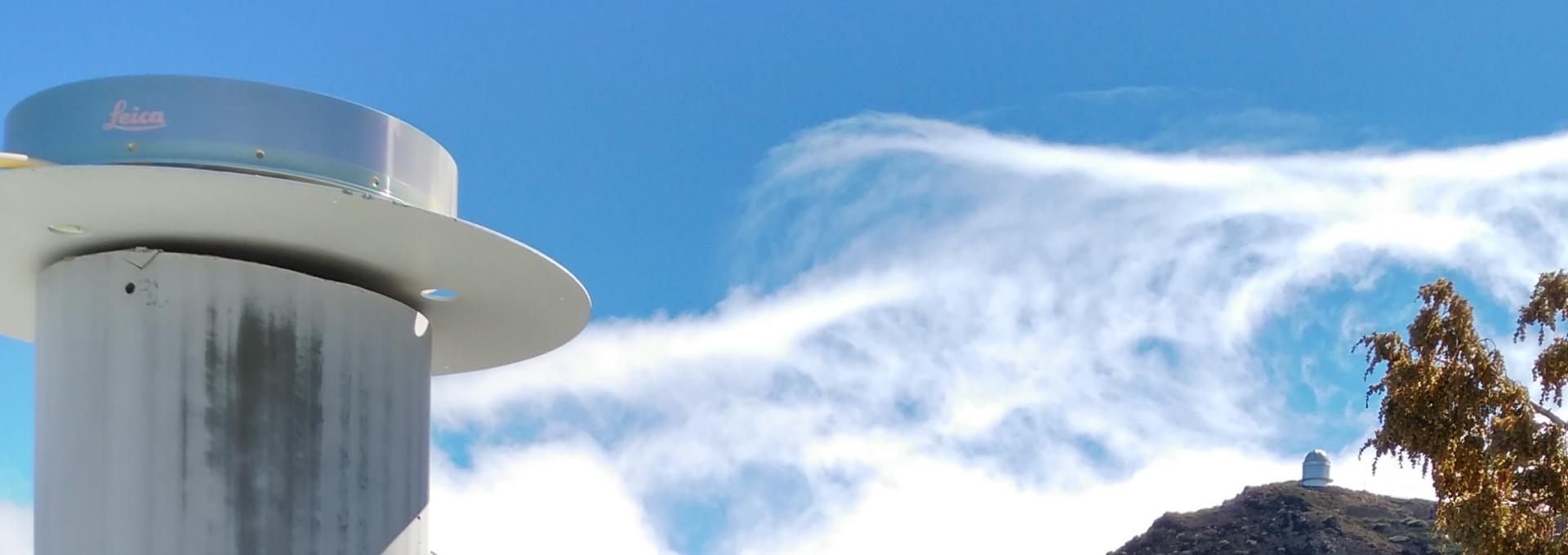GNSS Precipitable Water Vapour Monitors


The different optical paths followed by the signals coming from a constellation of GNSS (Global Navigation satellite systems; GPS, Galileo, etc) satellites are governed by variations on the moist air refractivity. The difference between the refracted (atmosphere) and the ideal straight line (vacuum) optical paths are equivalent to delays in the time of reception by ground antennas. This delay can be modeled to retrieve the actual PWV conditions at the Observatories.
The IAC has setup two PWV monitors based on this technique at both Observatories. The monitors use the public data released by two geodetic antennas belonging to the Spanish Instituto Geográfico Nacional (IGN).
The monitors have been optimized and calibrated to release PWV data in real time at ORM and OT.
